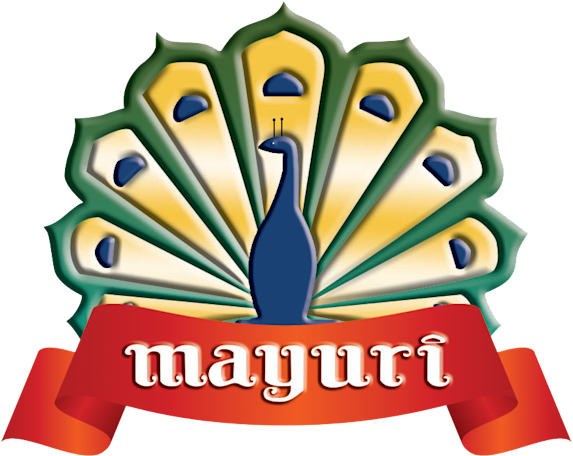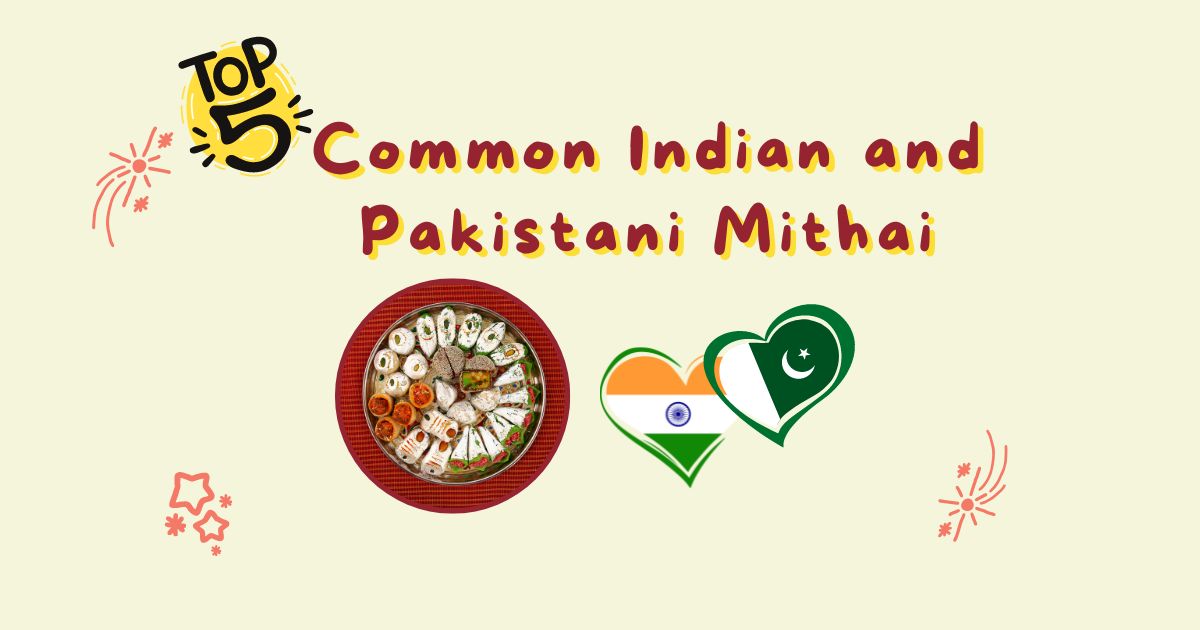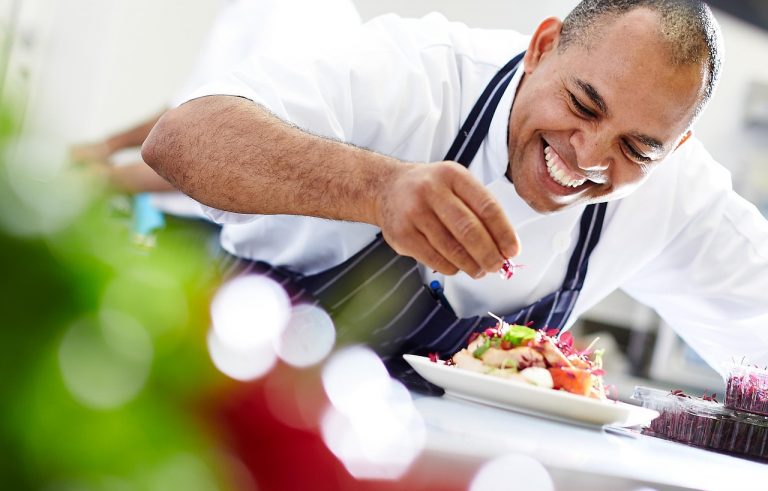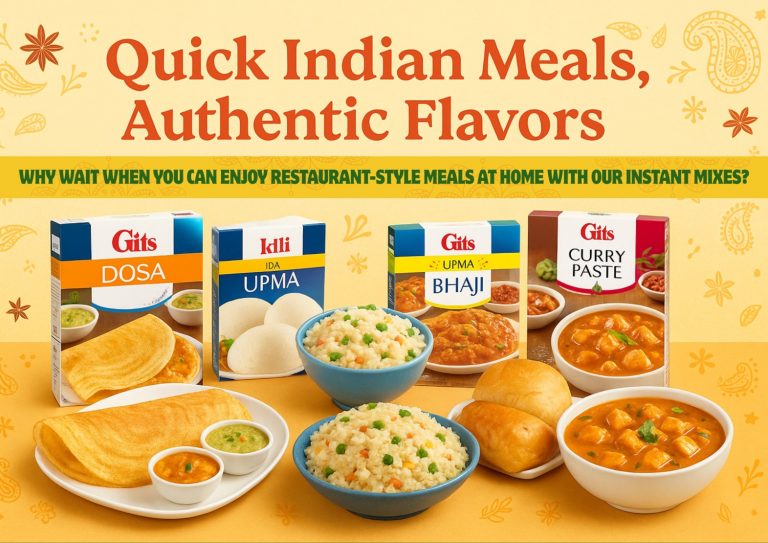Top 5 Common Indian and Pakistani Mithai Sweets :Seattle version
If you find yourself craving meetha every time after dinner, you are not alone my friend. Our South Asian genes are to be partly blamed for this. 🙂
From the bustling streets of Mumbai to the charming corners of Lahore. India and Pakistan boast of dessert culture that is as diverse as their people. Whether you are savoring the mouth-watering Gulab Jamun or the royal Shahi Tukda, you are in for a treat. Mayuri International has the choicest ingredients for your kitchen and restaurant for Seattle Southeast Asian feast too.
If you’re a fellow sweet tooth like me, I’m sure those cravings must already be kicking in.
So, lets together embark on a sugary culinary journey. Exploring the top common desserts that unite India and Pakistan in their shared love of mithai!
Here’s the dessert list –
- Gazar ka halwa – Imagine this, it is winter season and you are enjoying a bowl of warm gazar ka halva comfortably wrapped in your blankets. Pure bliss, right?
This scrumptious bowl of grated carrots slow-cooked in milk, ghee, and sugar which instantly melts in your mouth, is equally loved by both the side of borders. Though there might be subtle differences in ingredients and cooking style, overall gazar ka halva recipe remain the same. Order the choicest Pakistani and Indian ingredients at our Seattle Stores or order online.
There exists a Pakistani dessert which is a cousin of Gazar ka Halva and goes by the name “Gajrela.” The major difference between them is in 1 ingredient- Rice. Gajrela is like a rice pudding made of carrots and has a chewy texture. This dish is generally enjoyed as a chilled dessert, unlike gazar ka halva. The sweetness of Gajrela is not overpowering and has occasional nutty surprises in each bite due to nuts like almonds and pistachios. Oh, and did I mention the hint of cardamon that makes your taste buds dance? This blast of flavors takes you on a journey that is uniquely Pakistani.
- Shahi Tukdas – As the name suggests this dessert is indeed royal! It is said that the dish was created during Mughal ruler Shah Jahan’s time, who also shared our deep love for food.
The dish has common traits of both countries and bridges people with its luxurious taste. The recipe of Shahi Tukda includes Chunks of bread fried toasted to a golden crisp, soaked in sugary syrup, and infused with saffron. Adding to the magic comes the creamy delight of milk mixture poured over, giving the dessert a soft texture.
In India, you might find regional tweaks to the recipe – garnishing with chopped nuts, saffron, and pistachios, served with ice cream. Whereas in Pakistan, the dessert may be more inclined towards creamier and denser consistency. The essence and recipe of Shahi Tukda remain untouched but the nuances reflect each country’s distinct preferences.
- Gulab Jamun – These golden brown balls dipped in sugary syrup are a weakness for every desi sweet tooth. They are not plain sweets but a symbol of celebrations, festivities, and happiness of being with your family and friends.
In Pakistan, gulab jamun boasts a more pronounced cardamon flavor than its Indian counterparts giving a rich aromatic experience. They are smaller in size and also darker due to the longer soaking period in the sugar syrup. The high intensity of sweetness in gulab jamun is a hallmark of Pakistan’s desserts.Source the best south
If I just made you crave, don’t worry. Order the ingredients of gulab jamun and enjoy an easy-to-make recipe from us.
- Kheer – This beloved rice pudding bridges the culinary traditions of both countries. The dessert is associated is festivities and celebrations. The recipe of Kheer includes – rice and milk, slowly cooked to create a luscious ad creamy texture that’s both comforting and indulgent. Saffron and nuts like pistachio enhance the taste of the dessert. The flavor and presentation are common in both countries.
In South India, Payasam is a variation of kheer. They use jaggery instead of sugar, and coconut milk adds a tropical twist to it. Kheer in India leans towards thicker consistency, unlike Pakistan’s counterpart.
In Pakistan, garnishing with chopped almonds and silver leaf (varg) gives a unique touch to the flavor.
You should also try Phirni (or Firni) which is basically a creamier version of Kheer and rice grains are grounded and cooked until they are soft and sticky.
Barfi – Picture this, a delicious square of dense, rich goodness. That’s barfi for you. Oh so satisfying! Enough to make taste buds go crazy. This everyone’s favorite dessert is made by simmering milk until it thickens, then blending it with sugar, ghee, and a mixture of nuts. But barfi is not only a mithai, but it is also a timeless treat enjoyed by generations. It reminds us of the simple pleasures of life.
The variations can be found within one country. In India, it ranges from the saffron-infused Kesari barfi to the toothsome Kaju Katli. Pakistani mithai, Rose Barfi, is dipped in rose water that enhances the taste creating a fragrance as delightful as its taste. In the mood for some sweet magic in the kitchen, get Pakistani and Indian grocery at our Seattle Stores or order online.
Apart from slight variations, the essence of Barfi remains constant and reminds us of nostalgia and comfort.
Now to address some of the common FAQs.
Q1. What is the origin of Shahi Tukda?
Ans. The origin of this dish is unclear. Some say it has Mughal origin while some argue Awadhi North Indian origin. But the most popular belief is that it was created during Mughal ruler Shah Jahan’s reign as a royal treat for the emperor’s court. The combination of bread soaked in syrup and perfectly topped with creamy mixture aligns perfectly with the preferences of taste of Mughal rulers.
Q2. Can diabetics eat halva?
Ans. Diabetes can pose challenges for people who love to eat sweets, in addition to the obvious problems that come with the disease. However, it doesn’t mean you will have to entirely stay away from sweets. You can enjoy desserts like halva from time to time by replacing sugar in halva with natural sweeteners like dates and jaggery. However, you should still consult your doctor before rushing straight to the kitchen to get a bowl of that natural sweetener containing halva.
Conclusion –
So, if you have followed along this sweet journey, You’ve discovered the heartwarming tales behind some of the common and most cherished desserts of the Indian Subcontinent. Is it not incredible how a simple dessert can embody so many emotions and carry all those memories of good times?
Fellow sweet tooth, I am sure the cravings must be kicking in by now. Don’t resist the urge and give in to it. Choose from our wide selection of desserts and order now






